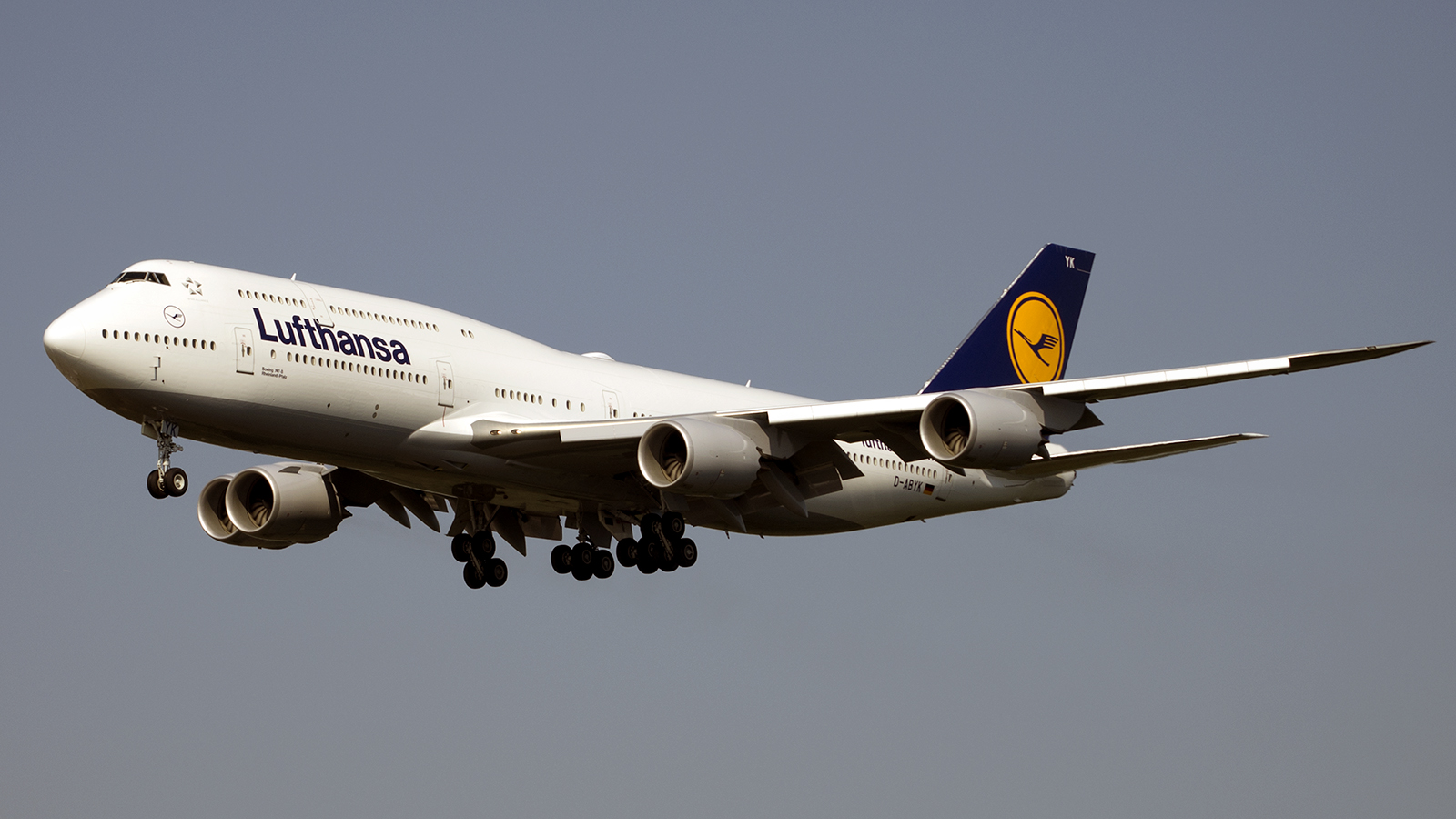
On November 14, 2005 Boeing Company officially launched the new Boeing 747-8 program, which includes the 747-8 Intercontinental passenger airplane and the 747-8 Freighter airplane.
Cargolux, based in Luxembourg, has ordered 10 747-8 Freighters and will take delivery of the first 747-8F in third-quarter 2009. It also holds purchase rights for 10 additional airplanes. Cargolux currently operates an all-Boeing fleet of 13 747-400 freighters.
Nippon Cargo Airlines, based in Japan, has ordered eight 747-8 Freighters and will receive its first airplane in fourth-quarter 2009. The airline also acquired options for six additional airplanes. Nippon Cargo currently operates 13 747 freighters and has six more 747-400Fs on order.
Firm orders from the two launch customers are valued at approximately $5 billion at list prices.
“We are thrilled to have Cargolux and Nippon Cargo choose the new 747-8 and become the launch customers for this next generation of the proud and valuable 747 airplane family,” said Alan Mulally, president and chief executive officer, Boeing Commercial Airplanes. “The 747-8 will use the technologies of the 787 Dreamliner to significantly increase the passenger and freighter capabilities of the 747 and offer greater fuel efficiency, improved operating economics, and be more friendly to the environment with reduced noise and emissions.”
Both versions of the new 747 will feature GE’s 787-technology GEnx engines, meet Stage 4 and QC2 noise requirements, have reduced emissions, offer lower trip costs and have an upgraded flight deck and an improved wing.
“The 747-8 Freighter will be very important in allowing Nippon Cargo to take advantage of the high expected cargo market growth in Asia,” said Takuro Uchiyama, president and CEO, Nippon Cargo Airlines. “In addition, the 747-8 Freighter will be the world’s most efficient cargo airplane, which is a key attribute with today’s high cost of fuel.”
Ulrich Ogiermann, president and CEO, Cargolux Airlines, said, “The Boeing 747-400 Freighter has been a cornerstone of our success, and I have high expectations that the 747-8 Freighter will build on that success and expand our capabilities worldwide. The increased payload capacity and much improved efficiency will allow us to continue our expansion and maximize our profitability. Equally important to us and the communities where we operate is the new standard the 747-8 Freighter will set in noise reduction.”
The 747-8 Intercontinental passenger airplane will be stretched 3.6 m (11.7 ft) compared to the 747-400 to accommodate 34 additional seats in a typical three-class configuration. The only jetliner in the 400- to 500-seat category, it will have a range of 14,815 km (8,000 nmi) and will feature the new Boeing Signature Interior.
The Intercontinental will be quieter, produce fewer emissions, and achieve better fuel economy than any competing jetliner. It will offer 21 percent more lower-hold revenue cargo volume than the 747-400 and cost about 8 percent less per seat mile to operate. Compared to the A380, it will offer 22 percent lower trip costs.
The 747-8 Freighter will be 5.6 m (18.3 ft) longer than the 747-400 freighter. With a total payload capacity of 140 metric tonnes (154 tons), including tare weight, the 747-8F provides 16 percent more cargo revenue volume than the -400. The additional 117m? (4,124 ft?) from the longer fuselage offers space for four additional main-deck pallets, two additional lower-hold pallets and two additional lower-hold containers. Cargo can be loaded and unloaded on the 747-8F using both the nose and side doors for maximum speed and efficiency.
Compared to the A380, the 747-8F will offer 20 percent lower trip costs. In addition, the 747-8F will maintain the operational flexibility of today’s 747 freighters, with good profit potential at less-than-full loads.
The 747-8 Freighter complements the existing 747-400 freighter family, which is the air-cargo industry’s standard. Both models accommodate 3.1-meter (10-foot) high pallets, providing operators with maximum flexibility.
The 747-8 also fits easily in today’s aviation infrastructure, flying into more than 210 airports worldwide without additional, expensive infrastructure changes required.
The 747 freighter family currently constitutes more than half of the world’s total freighter capacity. Boeing freighters of all models comprise more than 90 percent of the total worldwide freighter lift.
Boeing forecasts the need for about 900 airplanes — passengers and freighters — in the 400-plus-seat segment over the next 20 years. Boeing also forecasts that large widebody freighters (65 metric tons and above in capacity) will comprise 34 percent of the freighter market by 2024.
| Developing Nation: | United States. |
| Manufacturer/Designer: | Boeing Commercial Airplane Company |
| Production Line: | Everett, WA |
| First Flight: | – 747-8F February 8 2010 |
| First Delivery: | approx. 4th Quarter of 2010 |
| 747-8 passenger | |
| Crew: | two pilots |
| Passengers: | – 392 at main deck (three class configuration) – 42 at the upper deck (business class) all new Boeing Signature interior. |
| Wing Span: | 64,44 m |
| Wing Area: | 524,90 sq m |
| Length: | 74,26 m |
| Height: | 19,33 m |
| Engine(s): | 4x General Electric GENX (GE Next Generation) |
| Weight: | – |
| Max. Take off weight: | – |
| Max. Landing weight: | – |
| Cruise Speed: | – |
| Max. Speed: | – |
| Operating altitude: | – |
| Max. Range: | 14.850 km. |
| 747-8 Freighter | |
| Wing Span: | 64,44 m |
| Wing Area: | 524,90 sq m |
| Length: | 76,26 m |
| Height: | 19,33 m |
| Engine(s): | 4x General Electric GENX (GE Next Generation) |
| Payload capacity: | 154.000 kg |
| Max. Take off weight: | – |
| Max. Landing weight: | – |
| Cruise Speed: | – |
| Max. Speed: | – |
| Operating altitude: | – |
| Max. Range: | – |











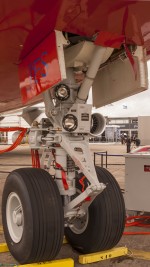










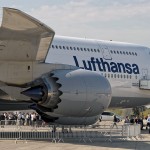



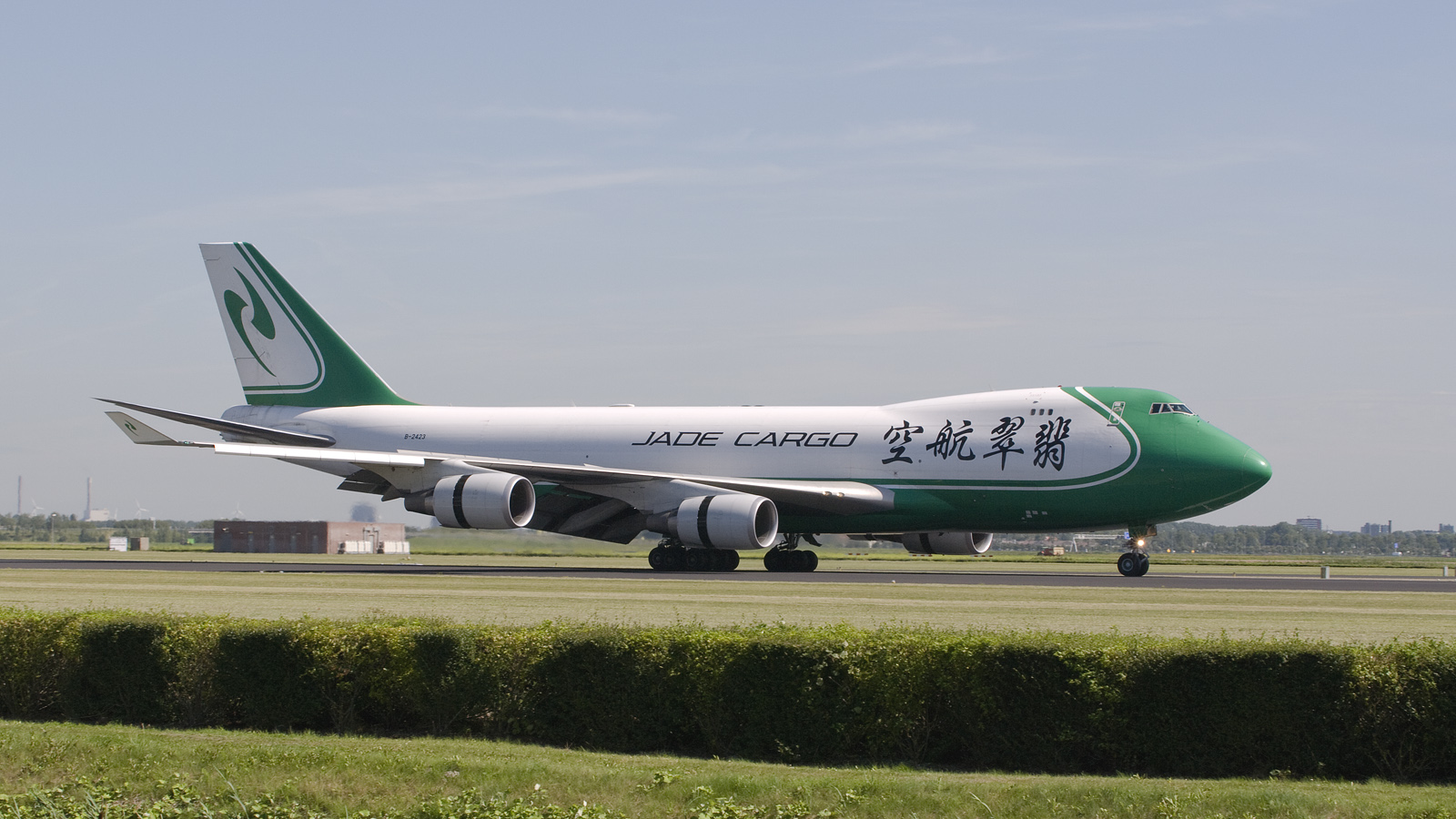
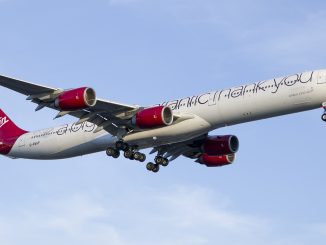
Be the first to comment